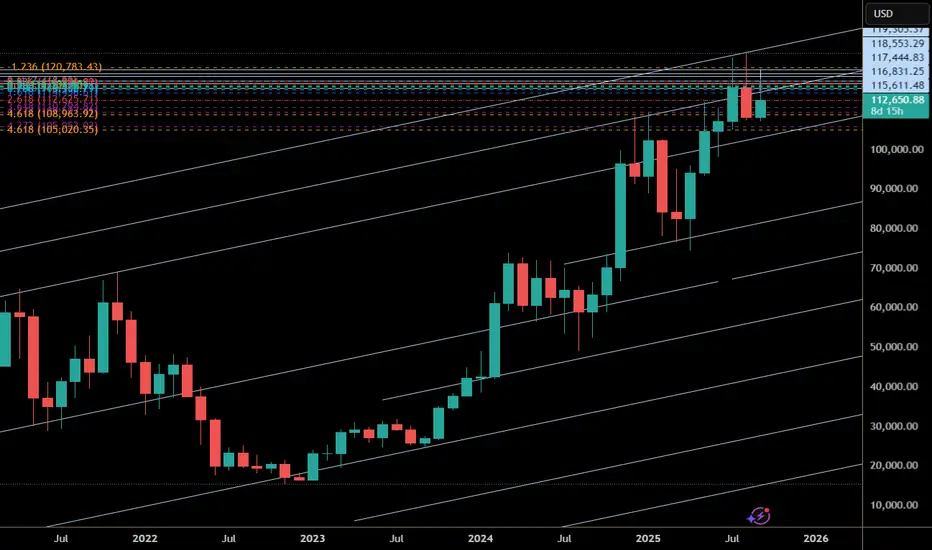"Based on historical analysis of Federal Reserve rate-cutting cycles since 1965, there have been 12 such cycles. In 10 of them, rate cuts began after equity markets had already peaked, meaning the bear markets started before the cuts. In the remaining 2 cycles, cuts preceded the market peak, so the bear markets began afterward.These instances are:September 2007: The Fed's first cut on September 18 came just weeks before the S&P 500's peak on October 9, kicking off the Global Financial Crisis bear market (a 56.8% decline to March 2009).
July 2019: The initial cut on July 31 preceded the S&P 500's peak on February 19, 2020, leading to the COVID-19 bear market (a 33.9% drop to March 23, 2020).
In most cases, rate cuts respond to existing economic weakness or market declines, so bears rarely start after them. The two exceptions involved cuts amid perceived stability that later gave way to shocks (subprime crisis and pandemic). This pattern highlights the Fed's typical lag in policy action relative to market turns."
July 2019: The initial cut on July 31 preceded the S&P 500's peak on February 19, 2020, leading to the COVID-19 bear market (a 33.9% drop to March 23, 2020).
In most cases, rate cuts respond to existing economic weakness or market declines, so bears rarely start after them. The two exceptions involved cuts amid perceived stability that later gave way to shocks (subprime crisis and pandemic). This pattern highlights the Fed's typical lag in policy action relative to market turns."
Penafian
Maklumat dan penerbitan adalah tidak dimaksudkan untuk menjadi, dan tidak membentuk, nasihat untuk kewangan, pelaburan, perdagangan dan jenis-jenis lain atau cadangan yang dibekalkan atau disahkan oleh TradingView. Baca dengan lebih lanjut di Terma Penggunaan.
Penafian
Maklumat dan penerbitan adalah tidak dimaksudkan untuk menjadi, dan tidak membentuk, nasihat untuk kewangan, pelaburan, perdagangan dan jenis-jenis lain atau cadangan yang dibekalkan atau disahkan oleh TradingView. Baca dengan lebih lanjut di Terma Penggunaan.
